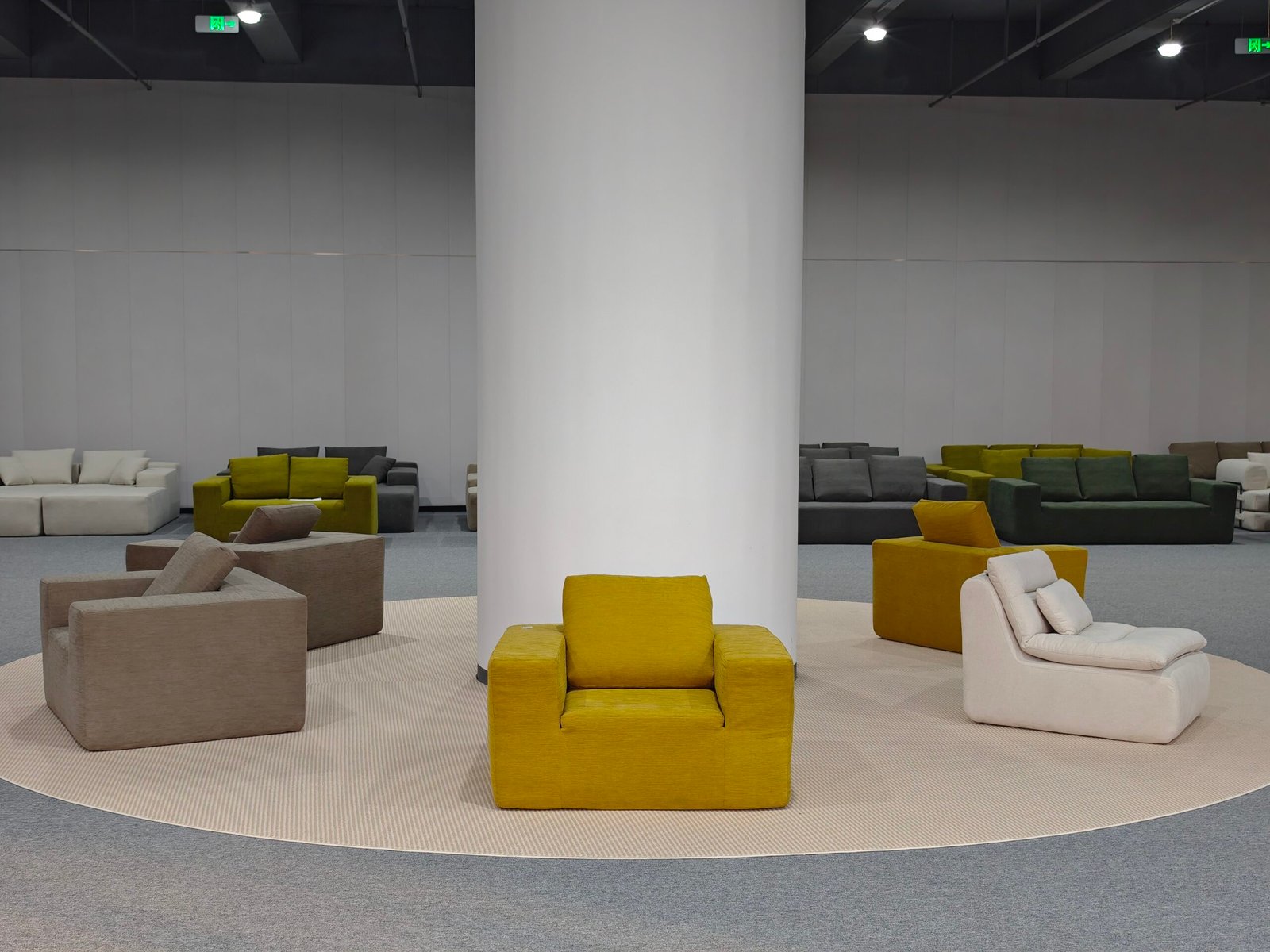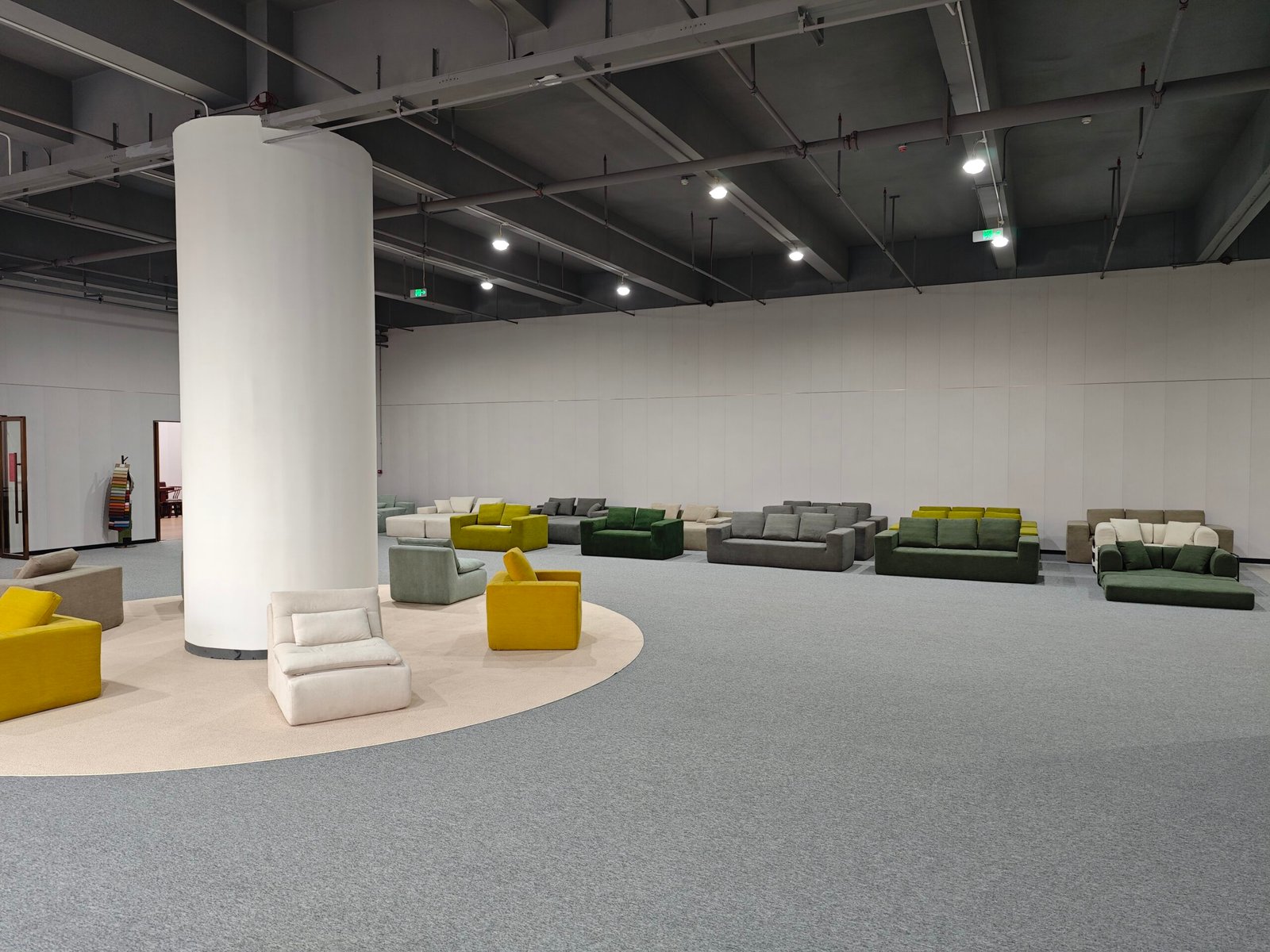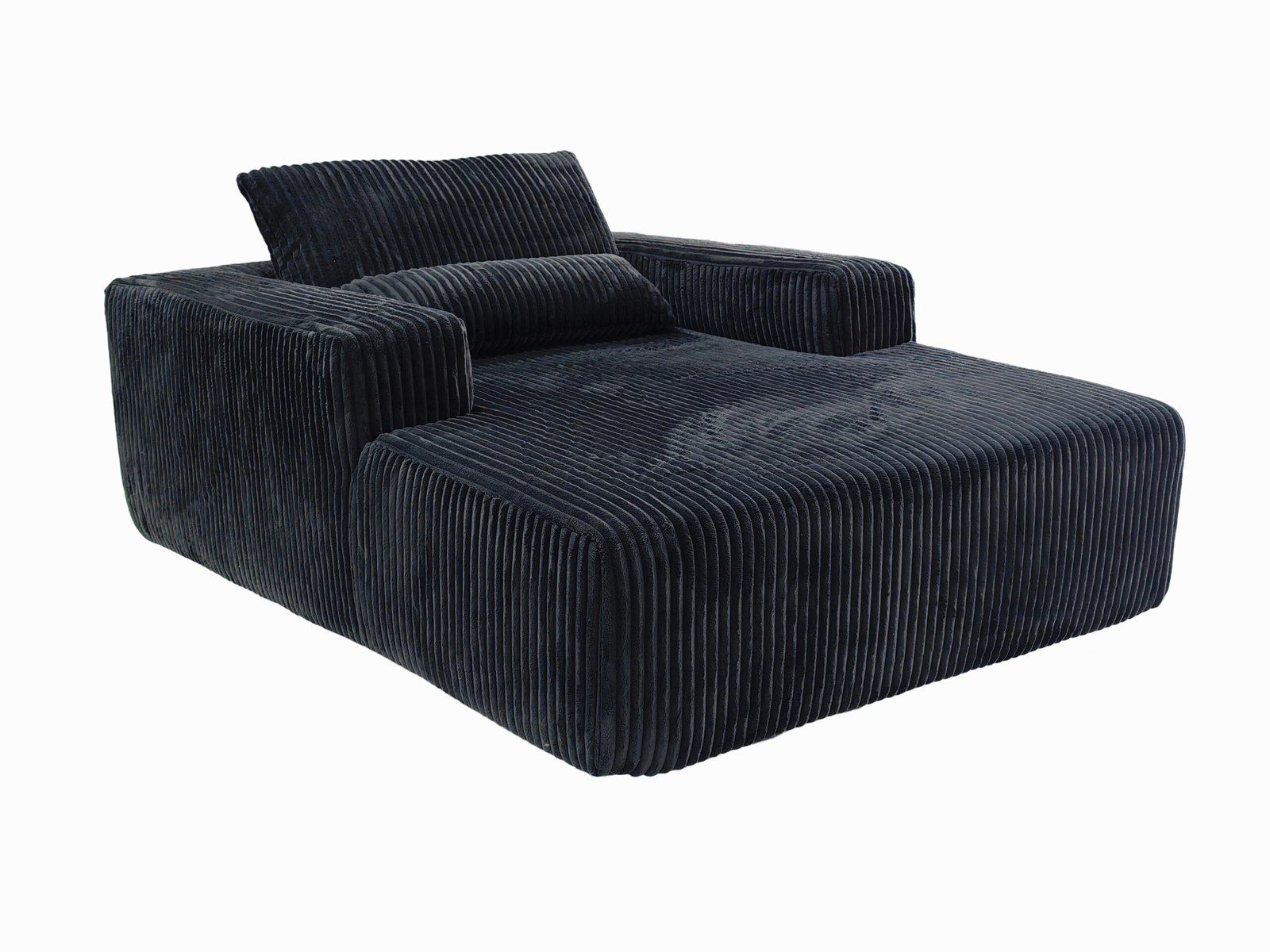
Struggling to deliver bulky sofas to your customers fast, safe, and without breaking the bank?
Compressed sofas can be transported using a variety of methods including local delivery, courier services, freight shipping, air, sea, and even rail – all depending on distance, volume, and urgency.
Choosing the right shipping method for compressed sofas isn’t just about saving cost—it’s about maximizing delivery speed, minimizing damage, and making your customer smile when that box arrives.
How does packaging protect compressed sofas during shipping?

Traditional sofas are difficult to ship and store—but what if your sofa could be packed like a mattress?
We protect compressed sofas using shrink wrap, foam, corner protectors, and sturdy boxes to avoid damage during handling and transit.
These sofas are first wrapped in moisture-proof shrink film to protect against humidity. Then we place foam sheets on critical points—like arms, corners, and legs. After that, we add a thick cardboard box that’s strong enough to resist pressure from stacking during shipping.
Common Packaging Components
| Material | Function |
|---|---|
| Shrink Wrap | Keeps moisture and dust out |
| Foam Padding | Cushions shocks from drops or bumps |
| Corner Protectors | Reinforce vulnerable structural points |
| Corrugated Box | Final protective layer during transport |
Thanks to this multilayered protection system, we reduce damage claims and customer complaints. Whether it’s delivered by van or shipped across oceans, the sofa stays protected. That’s why proper packaging is the first—and maybe most important—step in the logistics chain.
Is local delivery still the best for nearby customers?

Selling locally? Fast delivery often beats fancy packaging when customers expect same-day drop-offs.
Local delivery using vans or small trucks allows us to ship compressed sofas safely and quickly within cities or nearby areas.
At HSM, we partner with last-mile logistics teams who understand fragile furniture handling. These vehicles are often padded inside and equipped with belts or racks to hold our boxed sofas in place.
Local drivers offer flexible scheduling. They call ahead, follow GPS routes, and even help with doorstep placement. Some sellers add unpacking or setup services, which is a great touch for elderly or high-end buyers.
For many of our B2B customers, local delivery is how they build trust. Quick and careful—that’s what keeps local buyers coming back.
What role do courier and parcel services play?

Shipping across provinces or even cross-border to the U.S.? You probably don’t need a container—just speed and tracking.
Courier services like FedEx, UPS, or DHL are ideal for individual sofa shipments that need tracking, fast delivery, and signature confirmation.
We often use these services when our clients sell on Amazon or Shopify. Each sofa gets a barcode. From pickup to drop-off, it’s scanned multiple times. That means both seller and buyer can see exactly where the shipment is.
Courier companies now have oversized handling services, and some even offer climate-controlled trucks for delicate materials like velvet or leather.
But speed comes at a cost. Use this for high-value or urgent orders—not bulk.
Pros & Cons of Courier Services
| Pros | Cons |
|---|---|
| Fast nationwide delivery | Higher cost per unit |
| Real-time tracking | Size/weight limits apply |
| Signature confirmation | Not ideal for bulk shipping |
How is freight shipping used for bulk sofa orders?

Selling dozens or hundreds of units? Couriers won’t cut it—you need pallets and trucks.
Freight shipping moves large volumes of compressed sofas using pallets and containers, offering the best value for bulk B2B orders.
We start by stacking sofas on pallets—usually 6 to 10 per stack, depending on size. After shrink-wrapping them into a tight unit, we label them and load them into either a 20-ft or 40-ft container.
For domestic shipping, we often use LTL (less-than-truckload) or FTL (full truckload), depending on volume. For international freight, containers go by sea or rail.
Freight also comes with documents: commercial invoices, packing lists, and sometimes even customs paperwork. That’s why we help customers handle it all from our factory.
It’s slower than air, but it’s unbeatable on cost-per-unit for bulk.
When is air freight the right choice?

Need that sofa in New York tomorrow? Only one option can fly.
Air freight is the fastest way to deliver compressed sofas, especially for samples, urgent orders, or VIP clients.
We pack the sofa with extra protection, often double-boxing it and labeling it for priority handling. Airports require strict security checks and sometimes limit sofa materials like foam. We handle all that in advance.
Cost is high—about 5 to 10 times sea freight—but the tradeoff is speed. Within 2 to 5 days, your sofa can go from Guangzhou to Toronto or Los Angeles.
If you're launching a campaign or testing a market, air freight helps you deliver in time, every time.
How do we use sea freight for overseas shipments?

Exporting 100+ sofas to Canada or Europe? That’s our everyday.
Sea freight is the most cost-effective solution for shipping compressed sofas internationally in large volumes.
We load sofas in containers at our factory. These containers are sealed and then shipped from major ports like Shenzhen or Ningbo. Transit time ranges from 20–35 days, depending on destination and customs clearance.
Once they arrive at the port of entry, our logistics partners can handle local delivery or warehouse distribution.
It takes more planning, but nothing beats sea freight for scaling your compress sofa business abroad.
Is rail transport a good alternative?

Need something faster than sea but cheaper than air, especially to Europe or inland Asia?
Rail transport is a growing option for sending compressed sofas between China and Europe, balancing cost and speed.
Via the China-Europe Railway Express, we can ship goods to Germany, Poland, or even France in about 15–18 days. These containers move overland, avoiding congested ports.
Rail terminals in cities like Zhengzhou or Xi’an are equipped to handle furniture. We ensure proper bracing and labeling so the sofas arrive safely.
This method is eco-friendly too. It uses less fuel and emits fewer carbon emissions than air or road transport.
Conclusion
Compressed sofas are flexible—and so are their shipping methods. From air to rail, we have options that fit every business model.